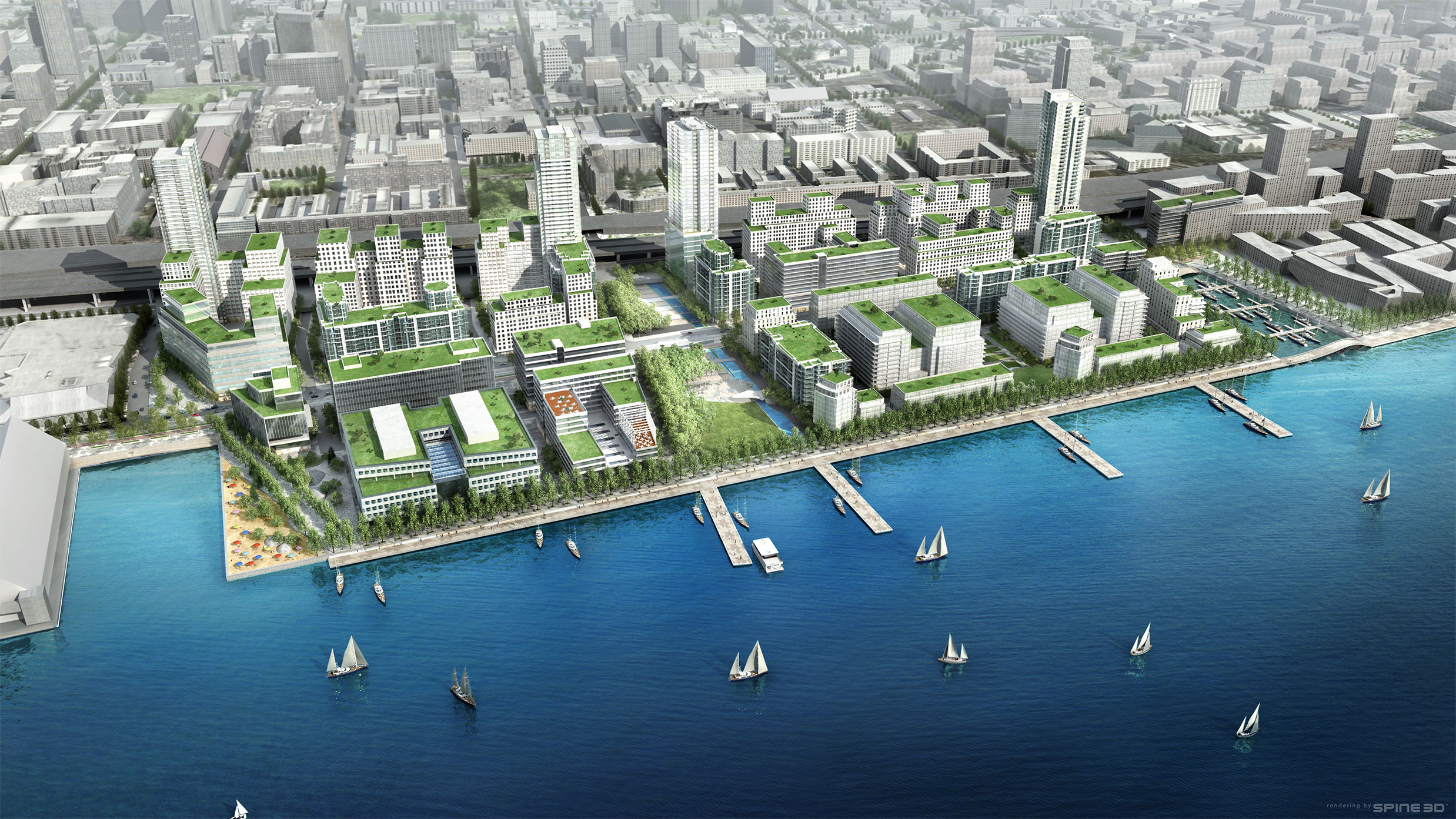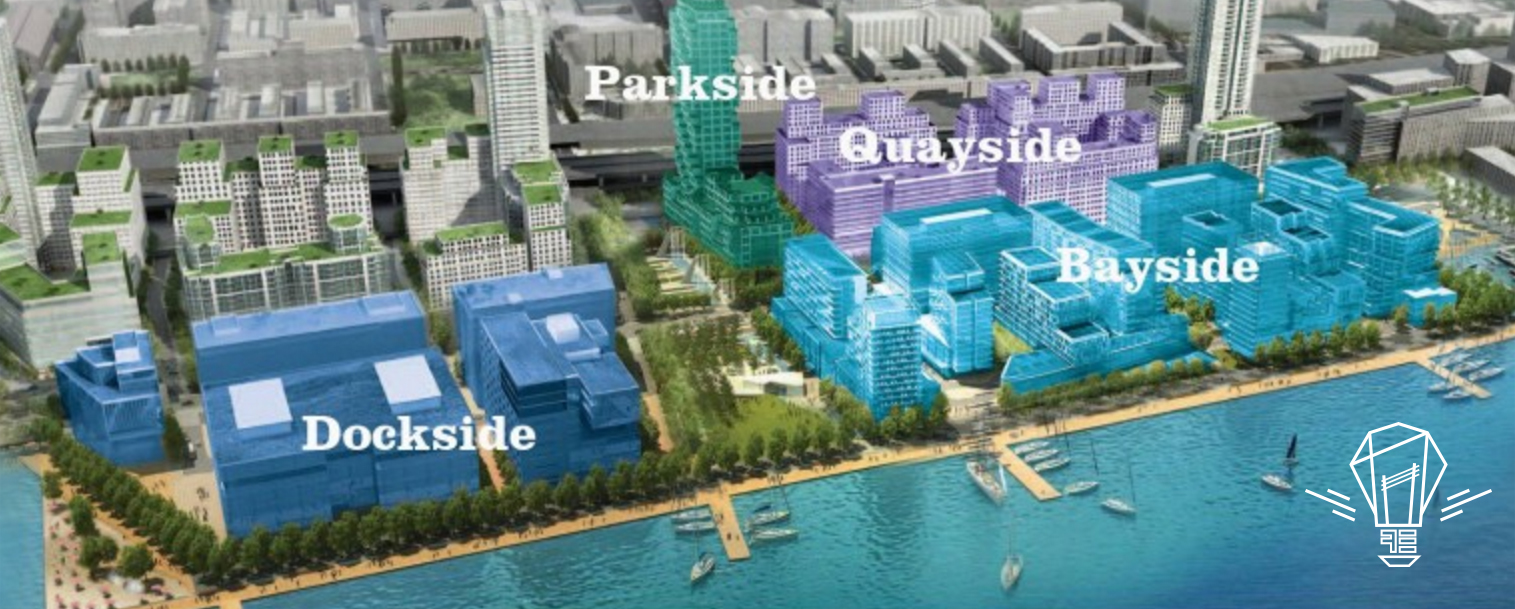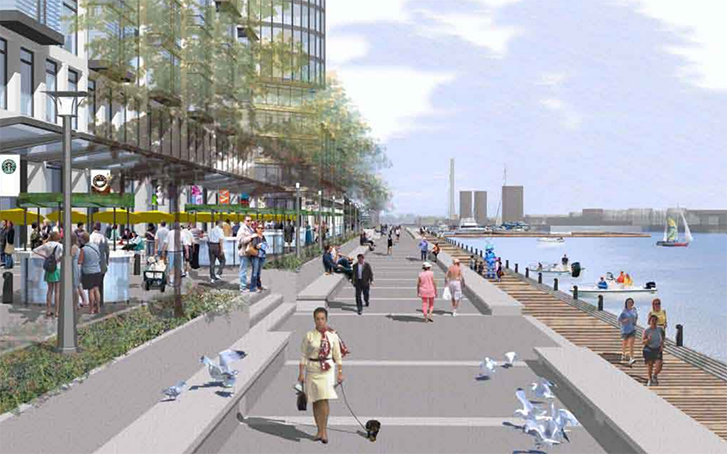Enwave Energy Corporation, East Bayfront Energy Planning
Customer Challenge
In an effort to expand its geographical reach outside Toronto’s downtown core, Enwave Energy Corporation has been exploring numerous locations around Toronto to construct new district energy facilities. One promising area is the East Bayfront precinct on Toronto’s east waterfront. With joint funding from Federal, Provincial, and Municipal governments, the local development corporation, Waterfront Toronto, has put a particular emphasis on the environmental performance of any building built in the neighbourhood.
In an effort to expand its geographical reach outside Toronto’s downtown core, Enwave Energy Corporation has been exploring numerous locations around Toronto to construct new district energy facilities. One promising area is the East Bayfront precinct on Toronto’s east waterfront. With joint funding from Federal, Provincial, and Municipal governments, the local development corporation, Waterfront Toronto, has put a particular emphasis on the environmental performance of any building built in the neighbourhood.
.



Filament Energy’s Solution
With dozens of developers and land owners working to construct a vibrant, functional mixed-use neighbourhood covering almost 60 acres of prime waterfront land, developing a scalable, functional energy system would be a challenge for even the most experienced engineers. Our solution focused on developing relationships with as many of the precinct developers as possible to gather information about the number, size, location, intended use and construction timing of any planned buildings. We then used the decades of thermal energy data that Enwave had accumulated to develop cumulative, detailed energy load profiles for the entire precinct.
Once the location and construction completion dates of each building were known, distribution piping for heating and cooling service was planned to ensure sufficient capacity would be available to all future buildings. The final step of the puzzle was to plan where Enwave could build energy plants or where waste energy could be captured and reused. While all stakeholders had a desire for renewable energy sources, it would not be financially feasible to construct these capitally-intensive projects until a critical mass of customer buildings existed. Our solution was to construct initial energy plants using less expensive, traditional heating and cooling equipment as the energy source. Once sufficient buildings had been built and occupied, renewable technologies such as Geoexchange could be implemented and the initial boiler and chiller plants could be converted to peaking plants, operating for only a few hours a year.
The entire project plan would meet the immediate energy needs of the first buildings to be built, with the promise of low emissions renewable technologies to come later in the lifecycle of the precinct. Enwave’s expected financial returns could be met in both the short and long term, while satisfying the environmental performance that all stakeholders desired.
With dozens of developers and land owners working to construct a vibrant, functional mixed-use neighbourhood covering almost 60 acres of prime waterfront land, developing a scalable, functional energy system would be a challenge for even the most experienced engineers. Our solution focused on developing relationships with as many of the precinct developers as possible to gather information about the number, size, location, intended use and construction timing of any planned buildings. We then used the decades of thermal energy data that Enwave had accumulated to develop cumulative, detailed energy load profiles for the entire precinct.
Once the location and construction completion dates of each building were known, distribution piping for heating and cooling service was planned to ensure sufficient capacity would be available to all future buildings. The final step of the puzzle was to plan where Enwave could build energy plants or where waste energy could be captured and reused. While all stakeholders had a desire for renewable energy sources, it would not be financially feasible to construct these capitally-intensive projects until a critical mass of customer buildings existed. Our solution was to construct initial energy plants using less expensive, traditional heating and cooling equipment as the energy source. Once sufficient buildings had been built and occupied, renewable technologies such as Geoexchange could be implemented and the initial boiler and chiller plants could be converted to peaking plants, operating for only a few hours a year.
The entire project plan would meet the immediate energy needs of the first buildings to be built, with the promise of low emissions renewable technologies to come later in the lifecycle of the precinct. Enwave’s expected financial returns could be met in both the short and long term, while satisfying the environmental performance that all stakeholders desired.
